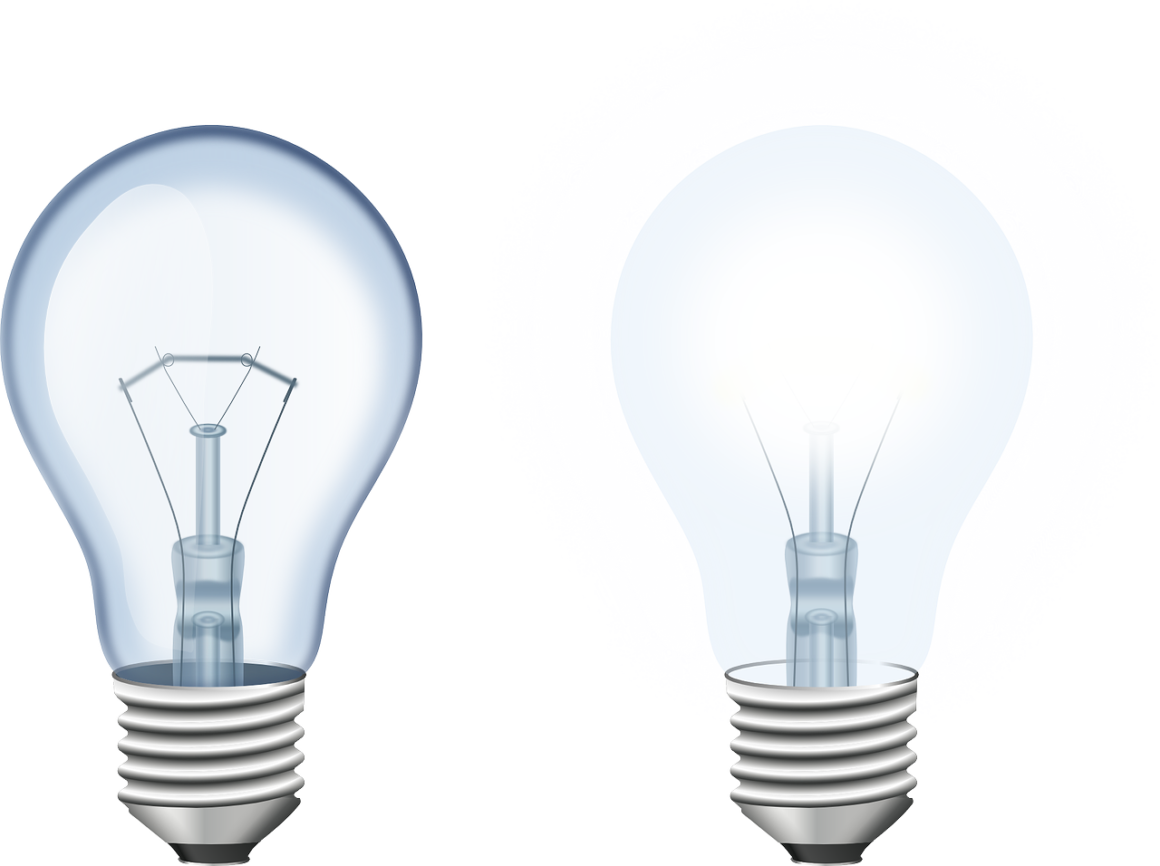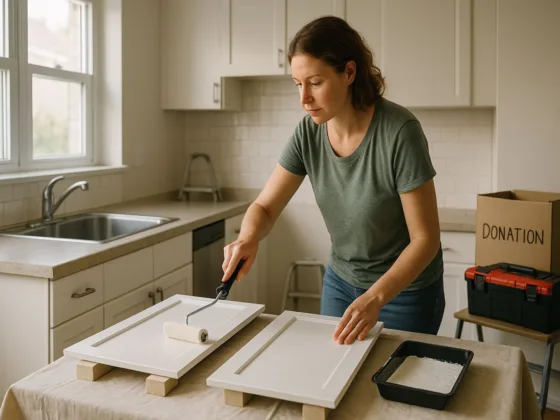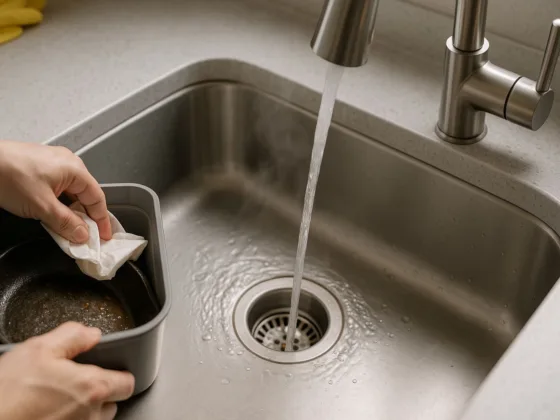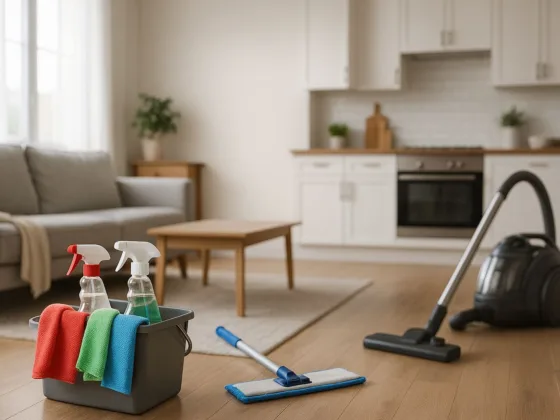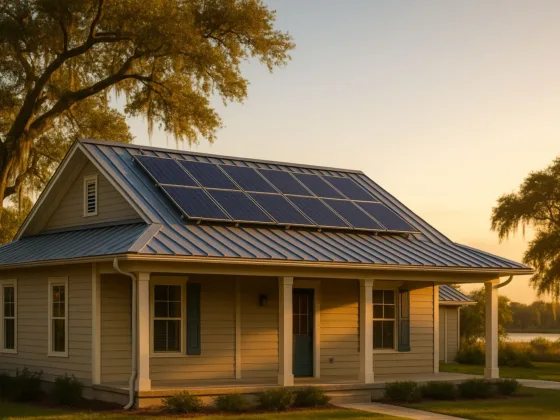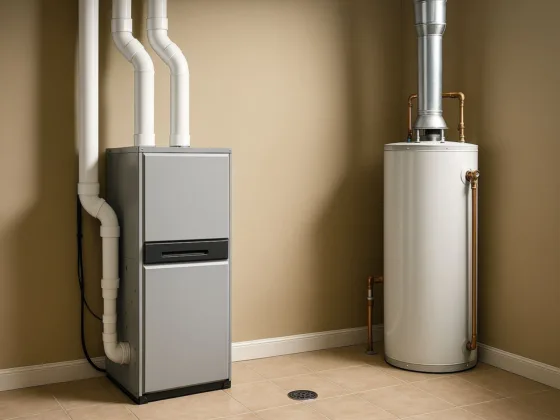Table of Contents Show
Lighting is a key electrical component in our homes. It is both useful and beautiful. You can set a moody scene in our dining room for a romantic dinner or light up our office for focused productivity.
Generally speaking, lamps are pretty energy-efficient. That is true for the most part. Nevertheless, you may wonder if lamps use electricity even when they’re off.

While plugged in and turned off, most lamps use a tiny amount of electricity. The majority of electrical components operate in some form of standby mode and consume a small amount of power.
For example, lamps consume very little power because they have no computer parts or batteries. Switches need to be charged to turn on the next time you want to turn the lights on, and that’s why a small amount of standby drain occurs.
Why Do Lamps Still Use Electricity When Turned Off?
You may be surprised by this. Since the “off” switch is so obvious, it’s easy to think it means exactly what it says. Various factors determine how much electricity electronics are used when plugged in and turned off. Continue reading to learn more about this, as well as how you can prevent excessive standby drain.
There is what’s called a soft “on” and “off” switch on most lamps. Electricity is not directly cut off from the light bulb, but rather the switch actively controls whether electricity passes through it or not.
As a result, a tiny current would have to pass through, causing some electricity to drain. In some cases, this phenomenon in home appliances can account for up to 10% of household energy spending.
Read Also:
Plugged in but turned off, how much energy does a lamp use?
In particular, lamps use very little standby energy. This is why some lamps come with a hard switch that cuts the electrical line directly to the bulb. It is true that some devices never really shut off completely, and the power they consume while off is almost the same! Rewiring the lamp may or may not help with the standby energy. It depends on the type of lamp you’re using.
When Turned Off but Plugged In, Do All Electronics Still Draw Electricity?
Even when turned off, most household appliances, chargers, and electronics use electricity. Cellphone and laptop chargers with an external power converter are among the worst offenders. Even when nothing is plugged in, they use almost the same amount of power!
In standby mode, televisions also consume electricity constantly for several reasons. The receiver needs to constantly check for input from the remote control. A coffee maker that can be scheduled, for example, must run the clock to determine when the time has come to start heating. Studies have shown that cable boxes use almost the same amount of electricity when recording live TV as when they are in standby mode with the television off.
Anything that is plugged in and has an LCD panel, light, receiver, power adapter, or clock is always drawing some amount of electricity.
What Is the Average Power Usage of Household Appliances When They’re Off?
Online you can find several sensors that you can plug into an outlet to determine how much energy it is using. Plug your device into the sensor and it will act as an intelligent power strip. You can monitor the current for a set number of hours to see if and how much your appliance drains.
The Kill-a-Watt can be used to find out just how much your appliances are costing you in standby mode.
Is It Possible to Prevent a Device from Drawing Standby Power?
Unplugging electrical components while they are off will prevent them from draining electricity. It can sometimes be a hassle, but simply reaching out and unplugging a high-energy device before a long period of not using it can help reduce your overall electrical usage. Gaming consoles, televisions, and computer monitors can be turned off when you know you will be away from home for a while and make a big difference.
You can also connect several appliances to one power strip and turn off the master switch. By doing so, the electricity to each outlet on the strip will be cut off. If devices are not allowed to receive current, they cannot run on standby.
Summary
Lamps consume so little power that it is not useful to micromanage whether they are plugged in or not. What’s important is to determine which are the most power-hungry standby devices and manage them. It is possible to reduce your energy usage and lessen your environmental impact by watching your overall energy use.
